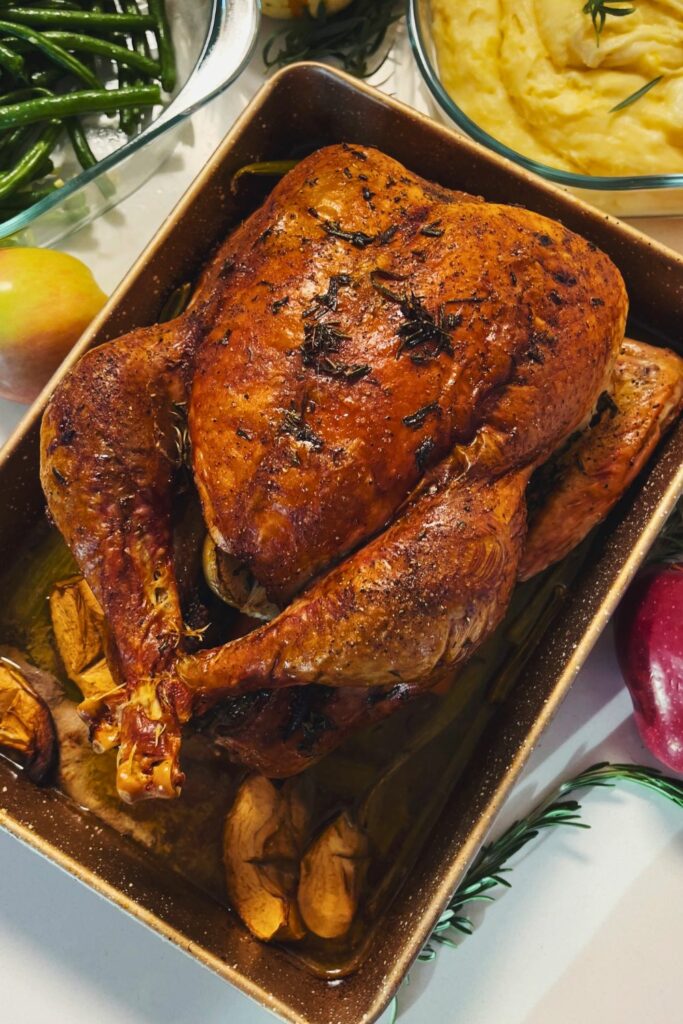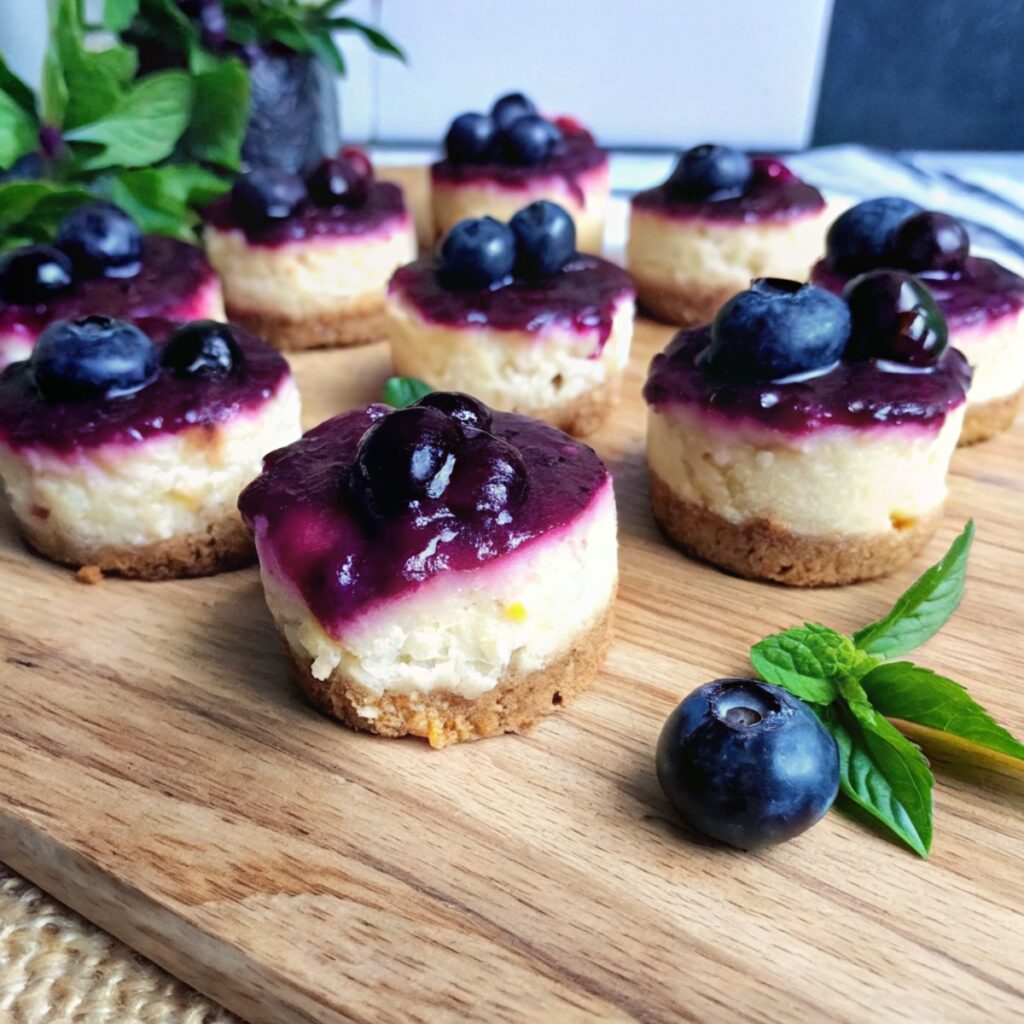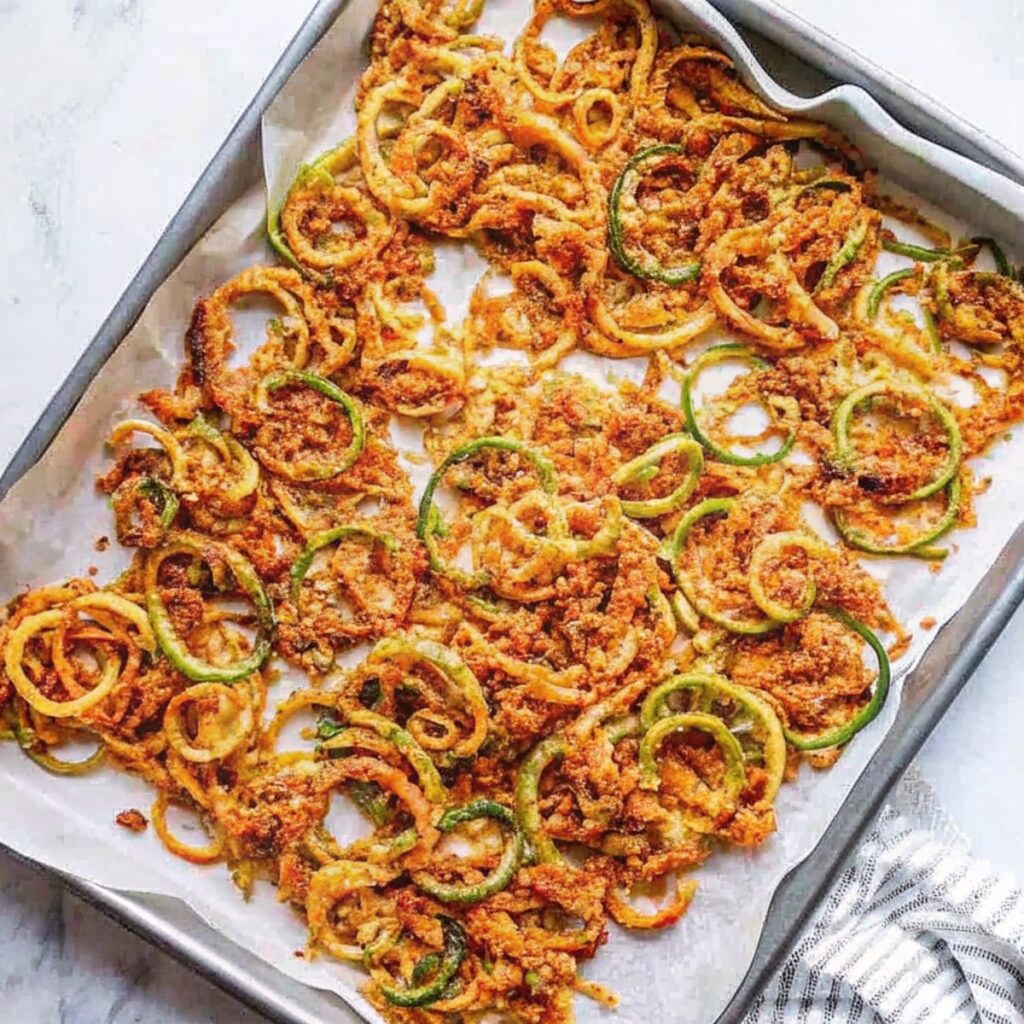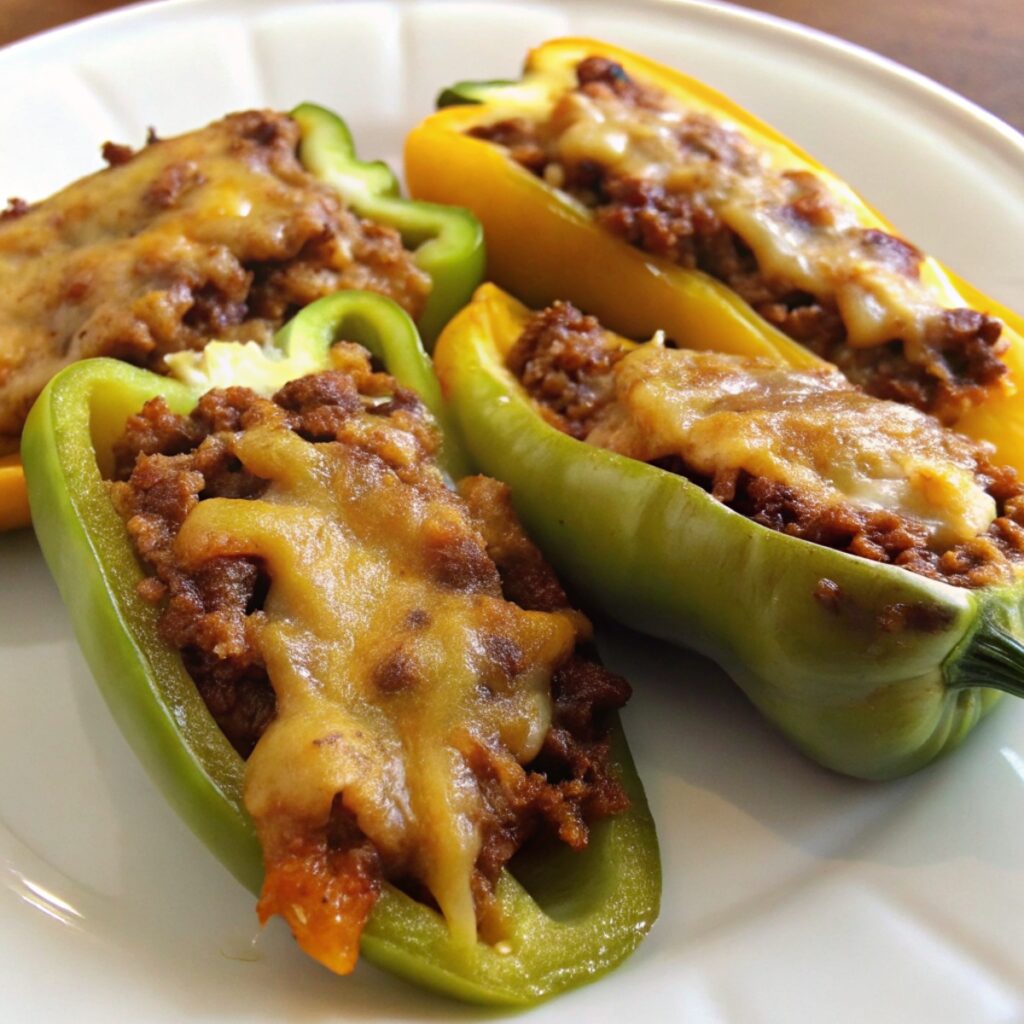As autumn approaches and the leaves gracefully fall, I’m transported back to the warmth of my grandmother’s cozy kitchen. Every Thanksgiving, her home resonated with laughter, chatter, and the mouthwatering scent of her renowned turkey. One year, she invited the Parkers, our new neighbors, to join the festivity. Mrs. Parker, a culinary enthusiast, was taken aback by the juiciness of the turkey. “It’s all in the Turkey brine,” my grandmother whispered.
A few years ago, while traveling through the Tuscan countryside of Italy, I was invited to a local’s home for a traditional feast. To my surprise, their turkey was as succulent and flavorful as the one from my childhood memories. Sharing stories, I learned about their brining techniques, and it dawned on me how recipes, passed down generations, could bridge cultures and create lasting memories. Today, I’m combining these global inspirations into a Turkey Brine recipe that’s close to my heart.
Understanding the Magic of Brining
Click here to get printable version
Brining, an age-old culinary technique, holds the secret to the most tender and juicy turkey. By immersing meats in a flavorful saltwater solution, the fibers absorb moisture, ensuring every bite is succulent and bursting with flavor. Whether you’re a seasoned chef or trying your hand at cooking a turkey for the first time, understanding the art of brining can elevate your dish to gourmet levels.
How to Prepare Turkey Brine
Ingredients for Turkey Brine
- 1 gallon of fresh vegetable broth
- 1 cup pure sea salt
- 1 tablespoon finely ground dried rosemary
- 1 tablespoon powdered dried sage
- 1 tablespoon crushed dried thyme
- 1 tablespoon aromatic dried savory
- 1 gallon chilled ice water
Directions for Turkey Brine
- In a sizable cauldron, blend the vegetable broth with sea salt, rosemary, sage, thyme, and savory. Bring this aromatic mixture to a rolling boil, ensuring the salt fully dissolves.
- Allow the aromatic concoction to cool down, letting the herbs infuse their essence.
- Once the temperature is ambient, pour this herbaceous potion into a large container, mixing in the ice water to chill the brine.
- Prepare your turkey by cleaning and ensuring innards are removed. Delicately submerge the turkey, with its breast facing downwards, ensuring the brine fills its cavity.
- For optimal results, let the turkey soak in this magical elixir overnight in the refrigerator, letting the flavors meld together.
- Post brining, gingerly retrieve the turkey, letting the excess potion drain. Ensure the turkey is patted dry before you embark on your cooking adventure.
Decoding Brining: Tips and Tricks
Brining might seem like a simple soak, but understanding its nuances can be the difference between a good turkey and a great one. Here are some tips and common questions answered to guide you on your brining journey.
Why brine your turkey?
Brining is a transformative process. It not only ensures a moist turkey but also intensifies flavors, making every morsel a gastronomic delight.
Can I switch the vegetable broth?
Definitely! While this recipe recommends vegetable broth, feel free to use chicken or even beef broth. Each imparts a unique depth of flavor to your brine.
Wet brine vs. dry brine: What’s the fuss?
While wet brining involves a liquid immersion, dry brining is about massaging the meat with salt and seasonings. Both methods have their merits, but our wet brine ensures a moist turkey with infused flavors.
How long should the turkey be pampered in the brine?
Time is essence. For every pound of your turkey, dedicate an hour of brining. For instance, a 15-pound turkey deserves at least 15 hours. But remember, don’t overdo it; 48 hours should be your maximum.
Is it possible to brine a frozen turkey?
While fresh or thawed turkeys are ideal, in a crunch, you can thaw and brine simultaneously. However, this requires at least 24 hours, and the turkey should always be kept refrigerated.
Post-brining care?
Rinsing post brining helps remove excess salt. Also, remember that brined turkeys tend to cook quicker, so keep an eye on your bird to avoid overcooking.
Customizing the brine: Is it possible?
Absolutely! Think of the brine as a canvas. Feel free to add citruses like oranges or lemons, spices like star anise or cloves, or even sweeteners like honey. Let your culinary imagination run wild!
Reusing brine: Yay or nay?
A definite nay. After its job is done, the brine should be discarded, and anything it has touched should be thoroughly cleaned to avoid contamination.

Turkey Brine
Ingredients
- 1 gallon vegetable broth
- 1 cup sea salt
- 1 tablespoon crushed dried rosemary
- 1 tablespoon dried sage
- 1 tablespoon dried thyme
- 1 tablespoon dried savory
- 1 gallon ice water
Instructions
- Gather all ingredients.
- Combine vegetable broth, sea salt, rosemary, sage, thyme, and savory in a large stockpot. Bring to a boil, stirring frequently to be sure salt is dissolved. Remove from heat, and let cool to room temperature.
- When the broth mixture is cool, pour it into a clean 5-gallon bucket. Stir in the ice water.
- Rinse and dry your turkey. Make sure you have removed the innards. Place the turkey, breast down, into the brine. Make sure that the cavity gets filled. Place the bucket in the refrigerator for 8 hours, or overnight.
- Remove the turkey carefully, draining off the excess brine and pat dry. Discard excess brine.
- Cook the turkey as desired reserving the drippings for gravy.
- Keep in mind that brined turkeys cook 20 to 30 minutes faster so watch the temperature gauge.





